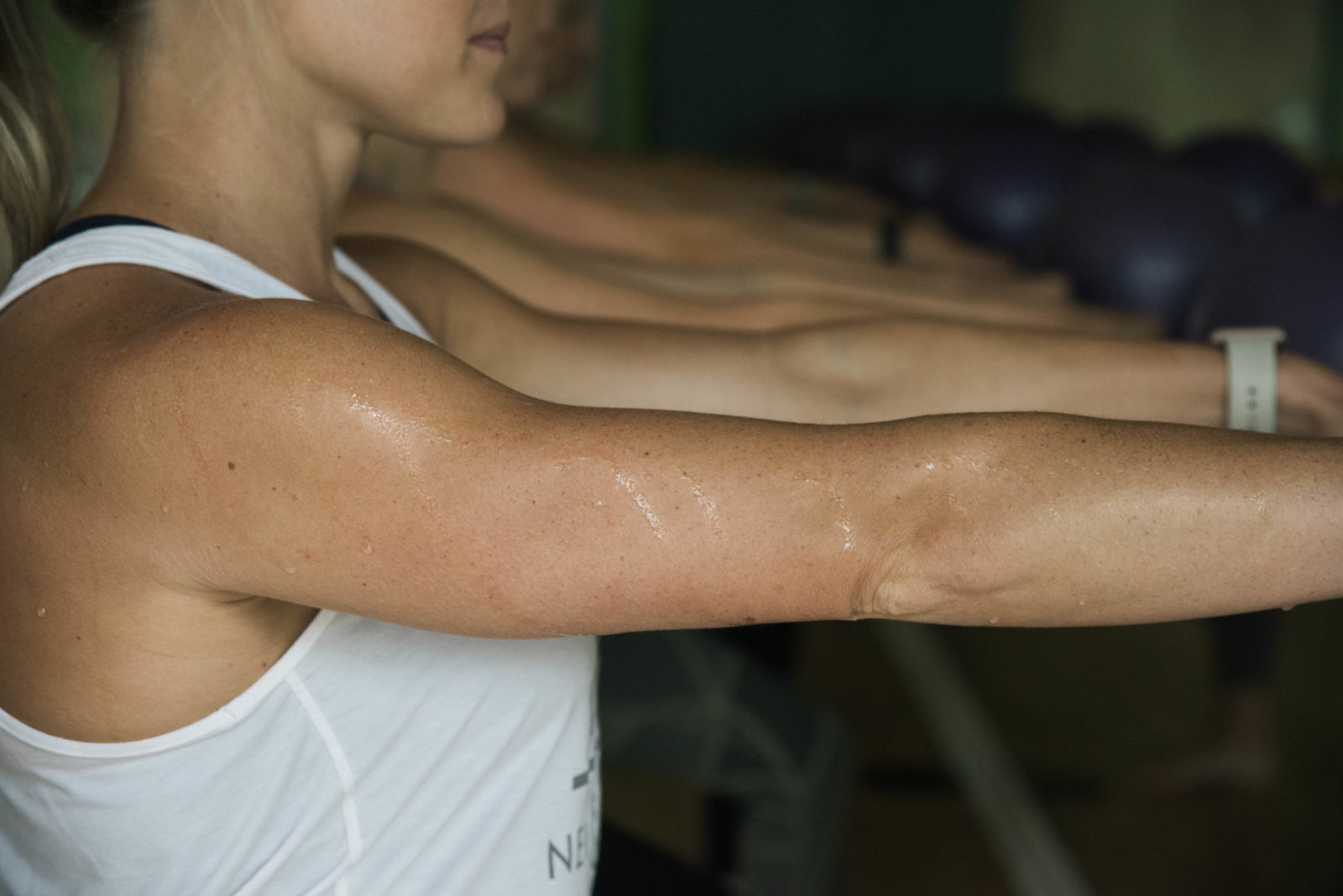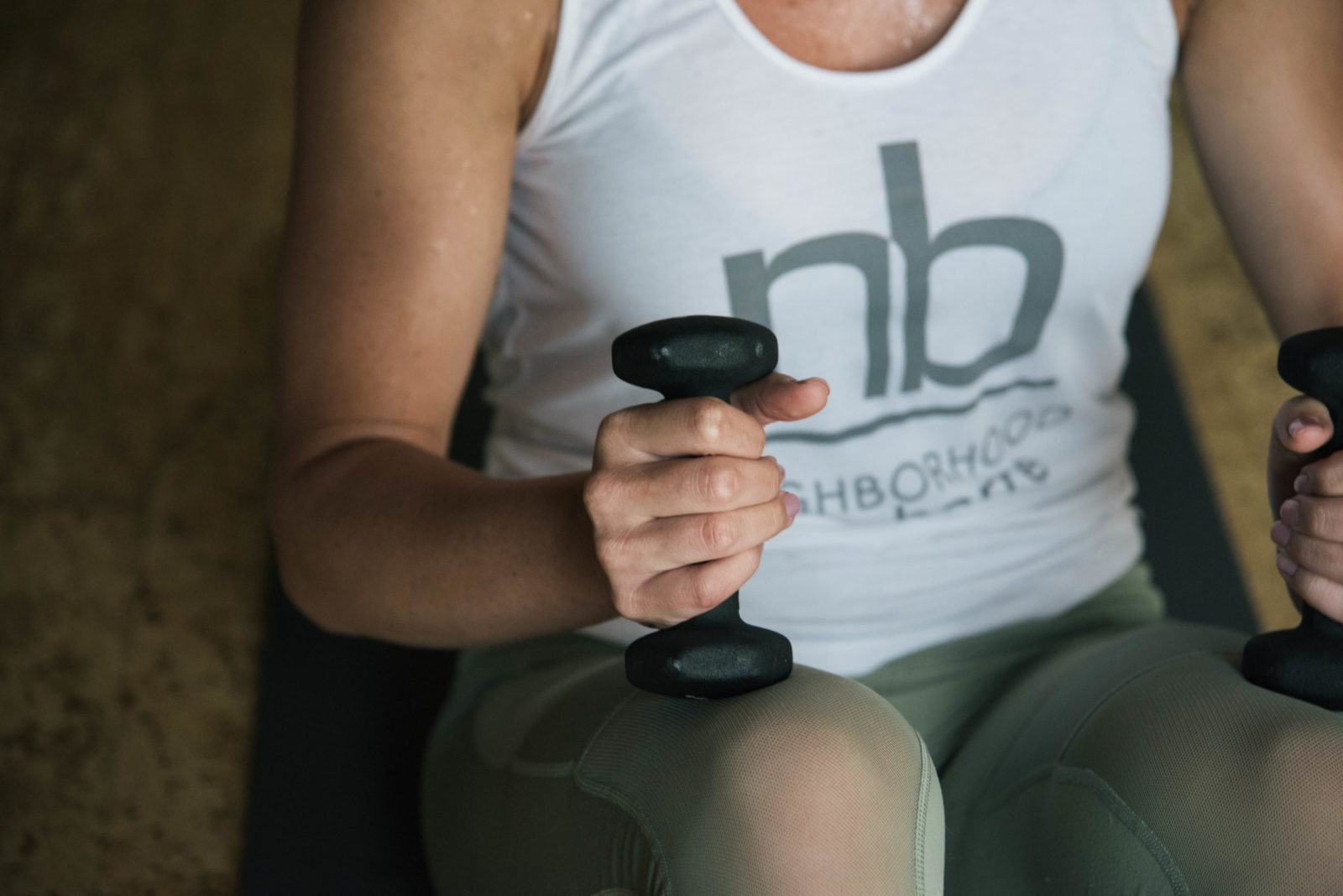How To Exercise With An Autoimmune Condition
50 million people in the U.S. are living with autoimmune disease – and 75% of them are women. Autoimmune disease really throws your body for a loop. Your cells are literally attacking your own body. Your inflammation is sky high. What’s usually good for you—like things that are deemed healthy activities and nutritious foods for others—can make it worse. Sometimes it feels like almost everything has the potential to be a trigger. Is it true for exercise, too?
First things first, exercise can help. You just have to do it right, or risk incurring the negative effects. Exercise boosts the immune system, improves your mood, and helps you sleep better. But the benefits go deeper than that if you have an autoimmune disease. Here’s the breakdown of some of the intangibles of how exercise will boost your immune health.
- Growth Hormones: Studies have shown that growth hormone release is increased with exercise intensity. Growth Hormone is credited with burning body fat, improving blood glucose levels, increased calcium absorption and improving bone density. Hypothyroidism can cause increases in body fat and alter lipid metabolism, and also lead to poor absorption of calcium and protein. So these effects can be very beneficial for women with Hashimoto’s or Hypothyroidism.
- Opioids: Exercise releases the body’s natural opioids. They’re what the body pumps out to deal with pain, as a response to exercise. Endorphins have many positive effects including pain relief, stress reduction, improving our moods, and regulating immune function. Autoimmune conditions can lead to declines in dopamine and serotonin, and to feelings of depression and overwhelm. Some of the most widely prescribed drugs for autoimmune conditions are anti-depressants. Without endorphins, the immune system also becomes disrupted.
- Insulin Receptor Sensitivity: Problems with insulin resistance are very common in today’s diet, and are a driving force in the initiation of many autoimmune conditions. Insulin resistance can drag down thyroid function and contributes to diabetes, hormone problems, obesity and certain types of cancer. Aerobic and strength training exercises improve insulin sensitivity by increasing the number of protein molecules, which allow your cells to better respond to insulin.
- Immune Enhancement: Any autoimmune disease can be described as a condition where your immune system mistakenly attacks your own body. Exercise can be very beneficial for improving immune function. The right kind of exercise can be helpful in healing the gut and in improving gastrointestinal immunity. Since 70% of the immune system lives in the gut, this can be vital to your health.
Here’s where things get tricky. Excessive exercise can also cause major problems with immune function. Exercise that is too strenuous can actually trigger autoimmune flares. This is also especially true if you have any pre-existing conditions – like high or low cortisol levels, systematic inflammation, hormone imbalance, intestinal permeability, or immune weakness. Keeping up your workout routine when suffering from an autoimmune disease is a vital part of your self-care and healing process. But the type of exercise matters.
- Don’t overtrain. Most autoimmune diseases are characterized by chronic inflammation. Anything that increases that inflammatory load, like too much exercise, will contribute. Overtraining, or stressful exercise that you fail to recover from before exercising again, will increase your stress load and increase autoimmune symptoms.
- Avoid exercise-induced leaky gut. Intense, protracted exercise – like long runs at race pace, intense spinning classes, and some high intensity interval training – can increase intestinal permeability. Elevated intestinal permeability has been linked to rheumatoid arthritis, and researchers think it may play a causative role in other autoimmune diseases too.
- Listen to your body, and adjust your workouts. If you don’t have the energy or the stamina for an intense workout, then don’t do it! Just promise to move, even if that’s walking the dog or going on a hike with a friend. Don’t let a flare up, or unpleasant symptom, be your crutch to write off all forms of exercise – just do it wisely. And remember that every day feels different, and you should adjust your workout to how you’re feeling. Finding an exercise regimen that gives you plenty of options during class is an ideal environment for autoimmune clients, so they’re equipped with choices every day. We love the ability to not only provide women with various class styles, but also the choice to perform an exercise in any class format with a modification or in an alternate position, so she feels her best – both during and after class!
Here’s what studies have found work best for most common autoimmune conditions: Combining resistance training with aerobic training. The combination lowered insulin requirements, modulated immune function, and improved basically every marker of fitness, along with general well-being. For our clients, we generally recommend a steady attendance record of our classic Barre All Levels class (think three times a week), paired with one our specialty class formats like CORE, POWER, OR HIIT (once or twice a week), to get in the added benefit of cardio exercise. Hear what some of our own clients and staff have to say about how class at Neighborhood Barre has improved their health conditions!

“I was diagnosed with juvenile rheumatoid arthritis at age 3, and have been dealing with the condition ever since. I came to Neighborhood Barre at a time when I was struggling to find a workout routine that fit my needs and was challenging. After my first few classes, I realized that the highly modifiable, low-impact nature of barre makes it accessible for someone like me. No matter how my joints feel on any given day, I know I can get an incredible full-body workout in a barre class. The muscle strengthening, core work, and stretching I get at barre have helped me manage my arthritis and decreased my joint pain. Neighborhood Barre has supported me through arthritis and two pregnancies, so I know this is a workout I can continue for the rest of my life. With all of these benefits, having a toned tooshie is just a bonus!” – Rebecca Nutter, NB Knoxville client, and now NB instructor.
“Before starting at NB in January 2017, my exercise routine consisted of yoga 2-3 days per week, and 2 mile intense walks on days in between. My diet was as healthy as it is now, only 1000 calories LESS then than that it is now. I’m 48 years old, and have had some health issues in past couple years as you know. After going to my (Slightly overdue) annual physical last week, I received the following info:
Weight lost: 26lbs, Blood pressure: 100/69, BMI: down 3.2 points and now in “ideal weight range”, Cholesterol: drop 27 points overall, and HDL went up and LDL went down, Kidney Function: Significant improvement in each area measured
My doctor wanted to know what changed. The only change has been the replacement of yoga with barre. I’m not saying i shouldn’t exercise more than what I’m doing now. I’m just saying that I got THESE specific results from barre being the ONLY change. To me, these are facts that truly build an even more solid case about the potential impact of just adding barre.” – Juli Liske, NB Nashville client and 250 barre star .


